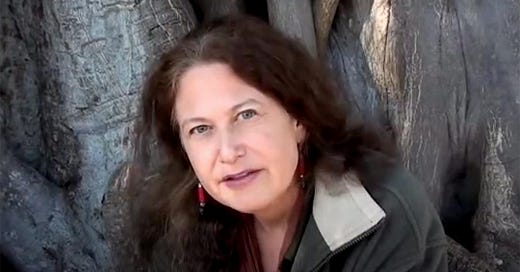Reading “The Promise” through a Buddhist Lens
In an age where speed and noise are mistaken for progress, Jane Hirshfield invites us to pause. Her poetry does not decorate; it distills. A longtime Zen practitioner, Hirshfield brings to her writing a clarity that feels both tender and sharp, like a single bell struck in a still forest.
Among her many poems, “The Promise” stands out as a quiet koan—a reflection on suffering, intention, and the practice of staying.
The Poem
From After (2006):
The Promise
Stay, I said
to my body.Stay in this body,
stay in this pain,
stay in this breathing,
stay.He stayed.
Why This Is Deeply Buddhist
1. The Body as a Site of Practice
The poem opens with an address to the body—not to transcend or escape it, but to stay. This echoes Buddhist teachings on mindfulness of the body (kāyānupassanā) as the first foundation of awareness. To stay in the body is to stay grounded, even in difficulty.
2. Radical Acceptance of Pain
“Stay in this pain”
This line embodies the heart of vipassanā—clear seeing. Rather than turn away from suffering, the practitioner is asked to stay, observe, allow. Hirshfield’s poem does not romanticize pain; it meets it without flinching. This is the courage of equanimity (upekkhā).
🌬 3. Breathing as Anchor
“Stay in this breathing”
Breath is life, presence, and the most immediate object of meditation. In this line, breath becomes a refuge—not to escape, but to remain. “Stay in this breathing” is almost a meditation instruction.
Keep reading with a 7-day free trial
Subscribe to The Gentle Law to keep reading this post and get 7 days of free access to the full post archives.





